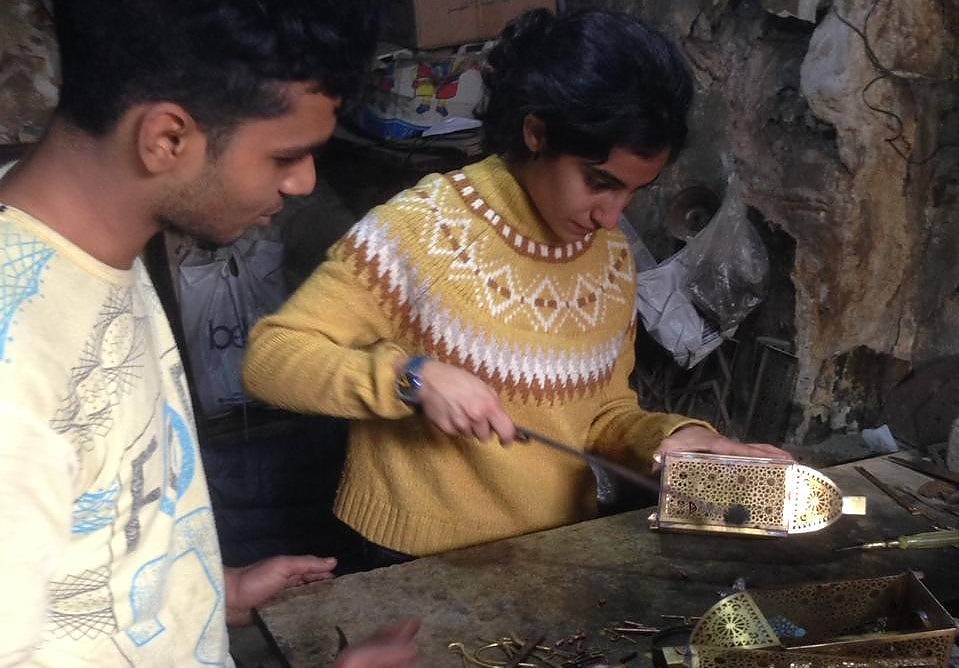The Historic Cairo was listed as a UNESCO World Heritage site in 1979. Tucked away amid the modern urban area of Cairo lies one of the world’s oldest Islamic cities, with its famous mosques, madrasas, hammams and fountains. It is also the place of origin for many expressions of craftsmanship, showing the synergies between the 1972 World Heritage Convention and the 2003 Convention for the Safeguarding of the Intangible Cultural Heritage.
The ongoing International Assistance (IA) project ‘Inventory of intangible culture of craftsmanship in the core of Historic Cairo’ tackles living heritage practices that lie within the urban and historic areas of Historic Cairo. Previous UNESCO projects concluded that many traditional crafts were facing risks and threats. Some skills and knowledge had already disappeared, hence the relevance of such safeguarding project, proving the synergies between UNESCO’s Conventions and the intrinsic link between intangible cultural heritage (ICH) and urban contexts.
Implemented by the Egyptian Society for Folk Traditions (ESFT), the first step of the project was the community-based inventorying activities during which twenty types of crafts produced in the historic areas of Cairo were identified and documented. Young people were also central to the implementation of the project, as they conducted fieldworks. They collected testimonies and photographs of craftsmen, as pictured above. Communications events were organized to raise awareness on the living heritage practices and to involve a wider public in the safeguarding of their ICH.
After being identified, craftsmen working in the Historic Cairo were trained during a series of workshops. Many aspects of the 2003 Convention were tackled, including community-based inventorying and the importance of transmitting skills to future generations. This successful series of workshops resulted in a large media coverage, increasing the visibility of the local practitioners and the valorization of their skills. The workshops also saw the creation of a network between the craftsmen, providing a place for exchange, thus ensuring the sustainability of the project.
Local and national authorities were involved in the project, as policy instruments are essential to provide an environment where the safeguarding of living heritage is facilitated. To illustrate the implication of the Egyptian governing bodies, the Governor of Cairo attended the closing ceremony of the craftsmen’s training workshops and promised to establish a permanent market for the products of the craftsmen, which ensures that it contributes greatly to the sustainability of craftsmen and their crafts.
More on the project and its achievements on our dedicated webpage.
Any States Parties can request International Assistance and the Secretariat has produced many materials to facilitate applications this mechanism.




